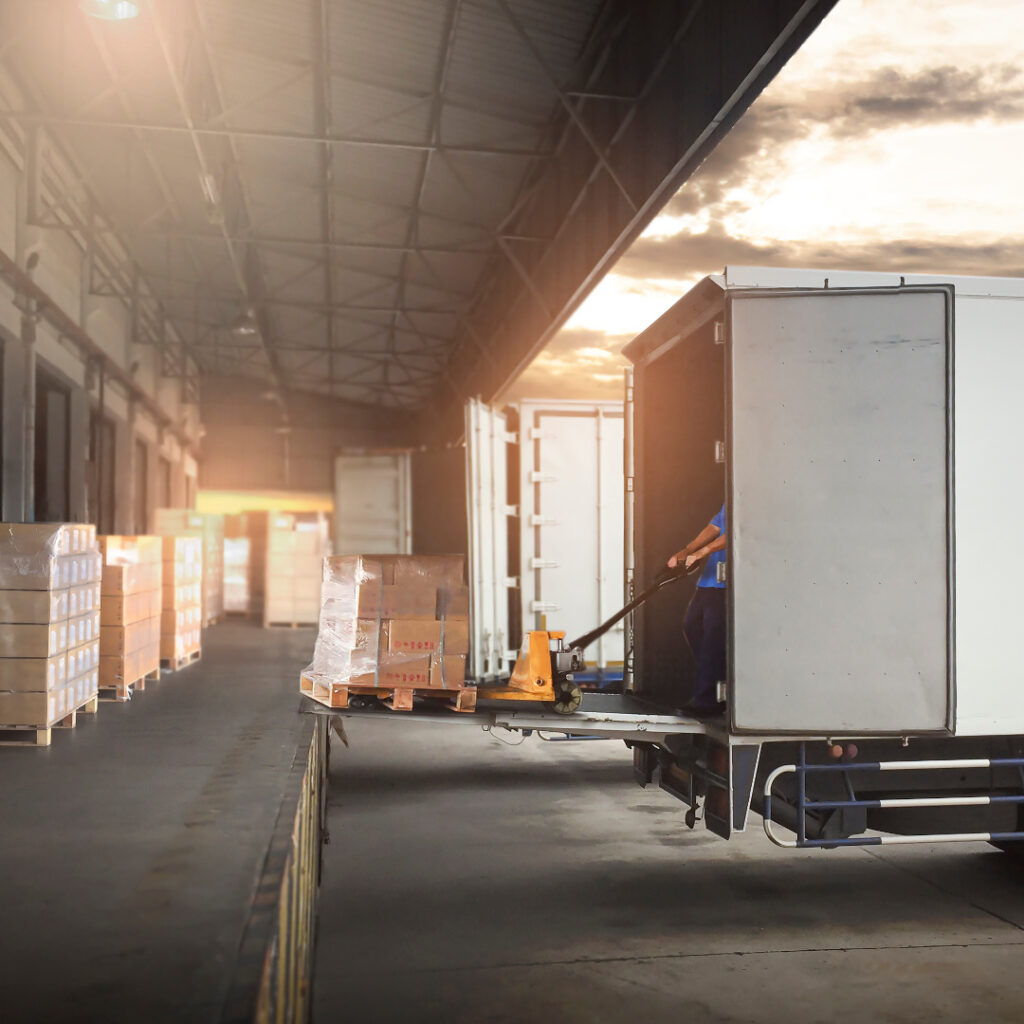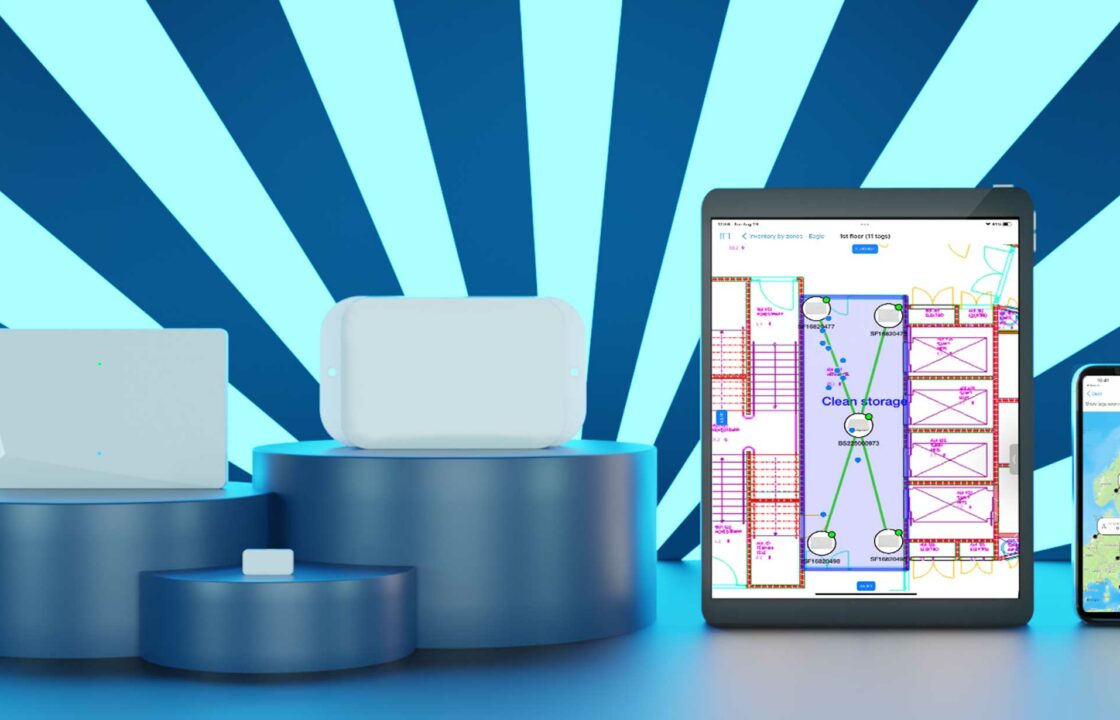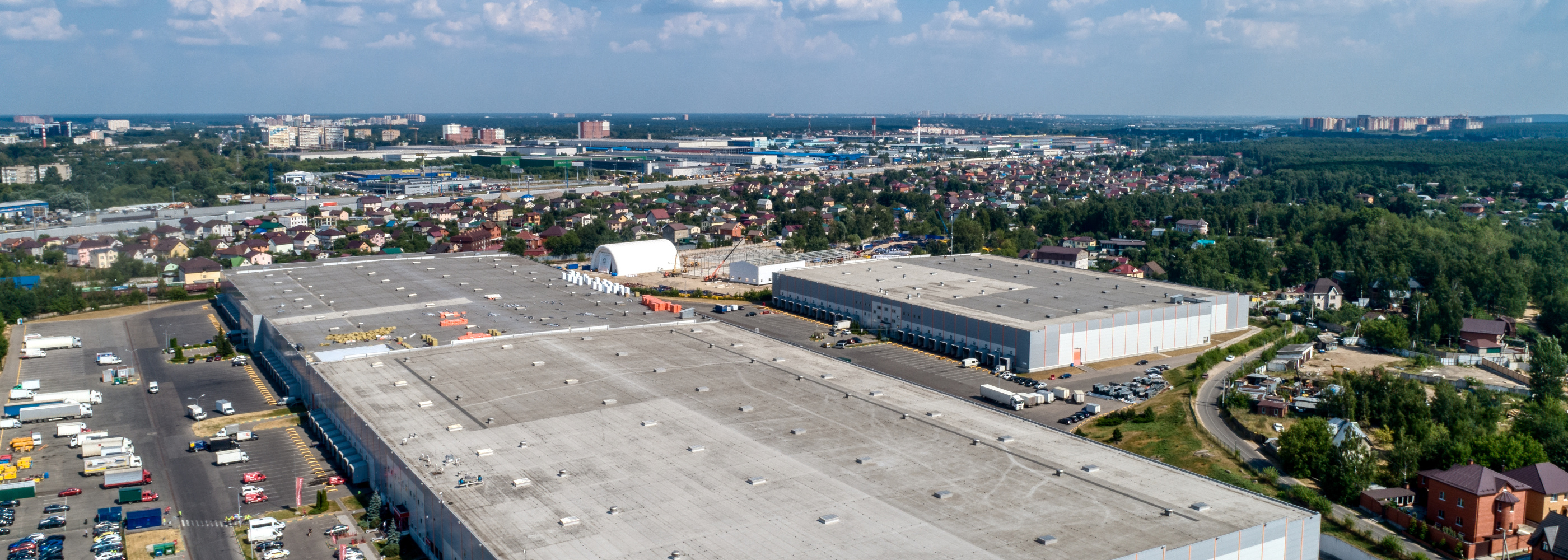Real-time location systems (RTLS) are indoor positioning systems that locate and track assets within defined zones covered by the chosen technology. This is a way to keep track of assets and inventory without manually recording their locations.
An RTLS solution, such as an asset tracking solution is the best way to improve your operations’ efficiency. These systems have special tags that you attach to items and scanners that detect these tags. They also use a computer program to show where everything is and how it’s being used. This helps businesses easily keep track of their items and find ways to work more efficiently.
Implementing such a system streamlines your inventory processes as you better understand where your assets are, and you can optimize resourcing. Asset tracking benefits a variety of use cases, such as intralogistics, hospitals, and data centers.
In addition to the variety of hardware options, choosing the right technology, like Bluetooth Low Energy (BLE), Ultra-wideband (UWB), Wirepas, or Wi-Fi, is crucial for tracking assets indoors in real-time. The specific needs and goals of the business should drive this decision. Using these technologies, Real-Time Location Systems (RTLS) enable companies to make data-driven decisions that enhance efficiency and productivity within their facilities.
What is the best fit for my need?
See our free technology comparison table
Why invest in an RTLS solution?
An RTLS system is a strategic investment for companies. If you’re operating large amounts of assets, the investment into streamlining processes in intralogistics is a forward-looking strategic decision. The benefits of asset tracking are clear and equally valuable to all use cases:
Increase productivity and reduce manual work
- Eliminate search times as you always know in which locations and where precisely your pallets, containers, spare parts, equipment and tools are.
- Reduce time spent counting inventory as you know how many you have.
- Ease compliance tracking by having exact data about your asset movements (e.g., that certain pallets have stayed in the freezer zone).
- Optimize maintenance actions by using actual usage times of tools and equipment (e.g., do they stay still or are they frequently used).
Optimize your asset flows
- Reduce the buffer stocks needed and release your working capital when you have accurate data about your inventory values.
- Optimize workflows and identify bottlenecks with real-time and historical data for trend analysis, pattern recognition, and data-driven decisions.
- Optimized processes will also help you decrease your CO₂ footprint.
Increase customer satisfaction
- Avoid stockouts through accurate inventory maintenance.
- Solve problems faster with real-time data.
- Identify and fix high-risk areas and process bottlenecks in advance with preventive measures.
- Provide transparency to your customers with real-time data.

Use cases for RTLS
Asset tracking is becoming a very important part of modern operational management: it transforms the way industries across various sectors manage and optimize their assets. RTLS can be used in a variety of environments to track the location of assets.
Hospitals
Equipment tracking is the most often used RTLS use case in the hospital setting. Hospital equipment tracking reduces over-procurement, eliminates search times, improves employee satisfaction, and increases asset utilization, which ultimately increases patient safety. Asset tracking also provides important data about the usage of medical equipment, such as hospital beds and wheelchairs. This helps in optimizing budgets and waste reduction.
Airports
Airports have numerous use cases for asset tracking solutions, with vast buildings and often time, and security-sensitive assets moving around. Racking ground support equipment like baggage carts, and assistance devices like wheelchairs, ensures you that you have the right equipment at the right location in airports. Having data on equipment usage and their locations, you can optimize their utilization, and avoid overstocks as well as unneeded purchases of new ones. This data also helps prevent losses and thefts, which is especially important with expensive airport equipment.
Data centers
Tracking your server racks in real time eliminates search times and automates processes. Better lifecycle management also helps data centers control & plan their growth. Additionally, by monitoring server usage, data centers can optimize performance and prevent downtime. This is crucial in our era where data is king, and any interruption can lead to significant financial and reputational damage.
Intralogistics
In intralogistics, asset tracking streamlines warehouse operations by generating real-time data on asset locations. This enhances efficiency in the storage and retrieval of assets and helps to keep an accurate real-time inventory at the site. Implementing real-time asset tracking in intralogistics use cases reduces misplacements, contributing to a more optimized supply chain.

Choose the right solution
Read how our Head of Product describes how our RTLS solution can transform your business operations and drive value.
